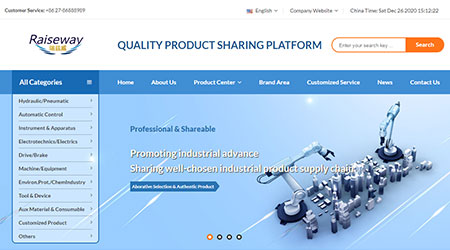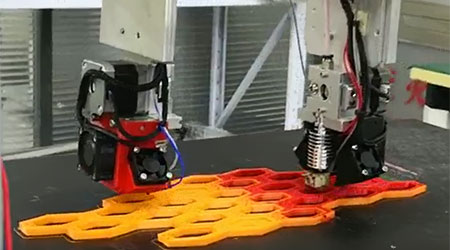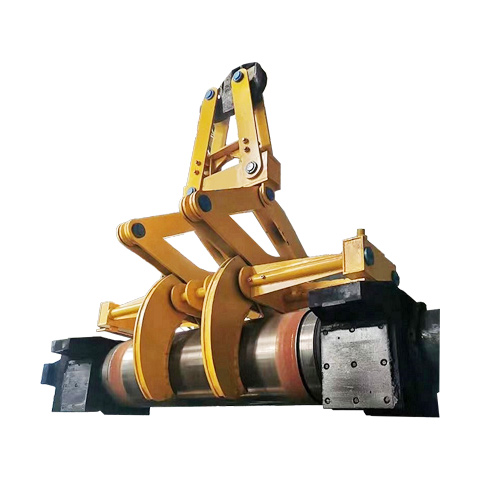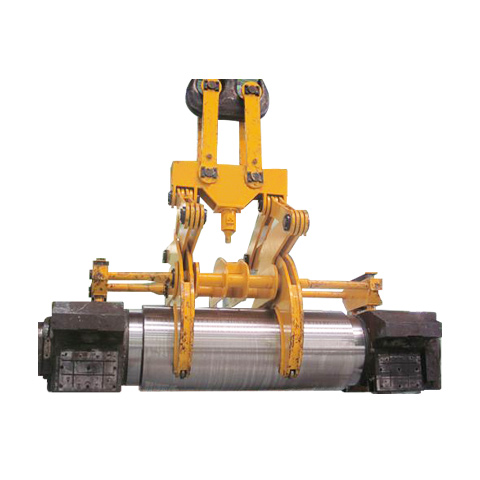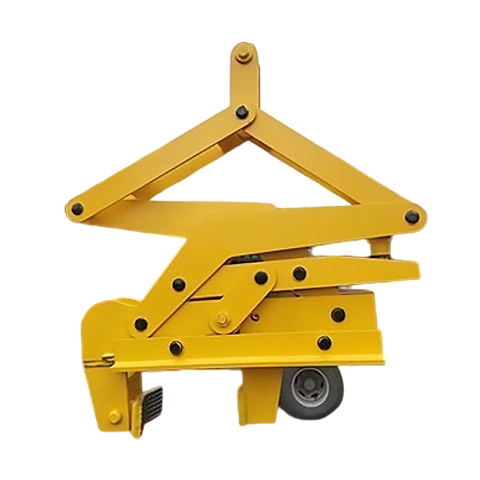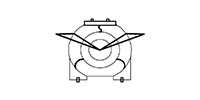Plate Heat Exchangers: Enhancing Heat Transfer Efficiency
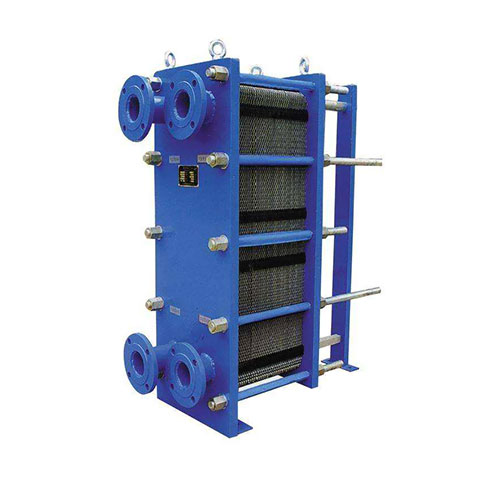
Plate heat exchangers are vital components in various industries, revolutionizing the process of heat transfer. These devices utilize a series of plates to facilitate the efficient exchange of heat between two fluids. In this article, we will explore the capabilities and applications of plate heat exchangers, highlighting their effectiveness, versatility, and impact on heat transfer processes.
Efficient Heat Transfer:
Plate heat exchangers are designed to maximize heat transfer efficiency. The arrangement of the plates creates a large surface area for heat exchange, allowing for optimal thermal performance. The fluids flow through alternate channels formed by the plates, ensuring efficient heat transfer with minimal pressure drop. This design promotes high heat transfer coefficients, resulting in faster and more effective heat exchange between the fluids.
Versatility Across Industries:
Plate heat exchangers find applications in a wide range of industries. They are extensively used in HVAC systems for heating, ventilation, and air conditioning. In industrial processes, plate heat exchangers are employed for various applications such as thermal power plants, chemical processing, food and beverage production, refrigeration, and oil refineries. Their versatility allows them to handle a diverse range of fluids, including water, oil, steam, and various chemical solutions.
Compact and Cost-Effective:
Plate heat exchangers offer significant advantages in terms of compactness and cost-effectiveness. The compact design of these devices, with their closely spaced plates, allows for a smaller footprint compared to traditional heat exchangers. This makes them ideal for installations with space constraints. Additionally, their modular construction enables easy scalability and adaptation to changing heat transfer requirements. The cost-effectiveness of plate heat exchangers stems from their high thermal efficiency, which leads to reduced energy consumption and lower operating costs.
Easy Maintenance and Cleaning:
Plate heat exchangers are designed for easy maintenance and cleaning. The removable plate packs facilitate quick and straightforward access to the internal components, simplifying inspection and servicing. The smooth surfaces of the plates minimize fouling and deposit formation, reducing the frequency and intensity of cleaning operations. Furthermore, the accessibility and simplicity of maintenance procedures contribute to minimal downtime and increased system reliability.
Conclusion:
Plate heat exchangers have emerged as essential components for efficient heat transfer in various industries. Their design promotes high heat transfer efficiency, compactness, versatility, and cost-effectiveness. With applications ranging from HVAC systems to industrial processes, plate heat exchangers play a crucial role in optimizing energy consumption, enhancing thermal performance, and ensuring reliable operation. The ease of maintenance and cleaning further contributes to their practicality and long-term viability. Plate heat exchangers continue to shape the landscape of heat transfer technology, driving advancements and innovation in diverse industries.
Efficient Heat Transfer:
Plate heat exchangers are designed to maximize heat transfer efficiency. The arrangement of the plates creates a large surface area for heat exchange, allowing for optimal thermal performance. The fluids flow through alternate channels formed by the plates, ensuring efficient heat transfer with minimal pressure drop. This design promotes high heat transfer coefficients, resulting in faster and more effective heat exchange between the fluids.
Versatility Across Industries:
Plate heat exchangers find applications in a wide range of industries. They are extensively used in HVAC systems for heating, ventilation, and air conditioning. In industrial processes, plate heat exchangers are employed for various applications such as thermal power plants, chemical processing, food and beverage production, refrigeration, and oil refineries. Their versatility allows them to handle a diverse range of fluids, including water, oil, steam, and various chemical solutions.
Compact and Cost-Effective:
Plate heat exchangers offer significant advantages in terms of compactness and cost-effectiveness. The compact design of these devices, with their closely spaced plates, allows for a smaller footprint compared to traditional heat exchangers. This makes them ideal for installations with space constraints. Additionally, their modular construction enables easy scalability and adaptation to changing heat transfer requirements. The cost-effectiveness of plate heat exchangers stems from their high thermal efficiency, which leads to reduced energy consumption and lower operating costs.
Easy Maintenance and Cleaning:
Plate heat exchangers are designed for easy maintenance and cleaning. The removable plate packs facilitate quick and straightforward access to the internal components, simplifying inspection and servicing. The smooth surfaces of the plates minimize fouling and deposit formation, reducing the frequency and intensity of cleaning operations. Furthermore, the accessibility and simplicity of maintenance procedures contribute to minimal downtime and increased system reliability.
Conclusion:
Plate heat exchangers have emerged as essential components for efficient heat transfer in various industries. Their design promotes high heat transfer efficiency, compactness, versatility, and cost-effectiveness. With applications ranging from HVAC systems to industrial processes, plate heat exchangers play a crucial role in optimizing energy consumption, enhancing thermal performance, and ensuring reliable operation. The ease of maintenance and cleaning further contributes to their practicality and long-term viability. Plate heat exchangers continue to shape the landscape of heat transfer technology, driving advancements and innovation in diverse industries.
 English
English


